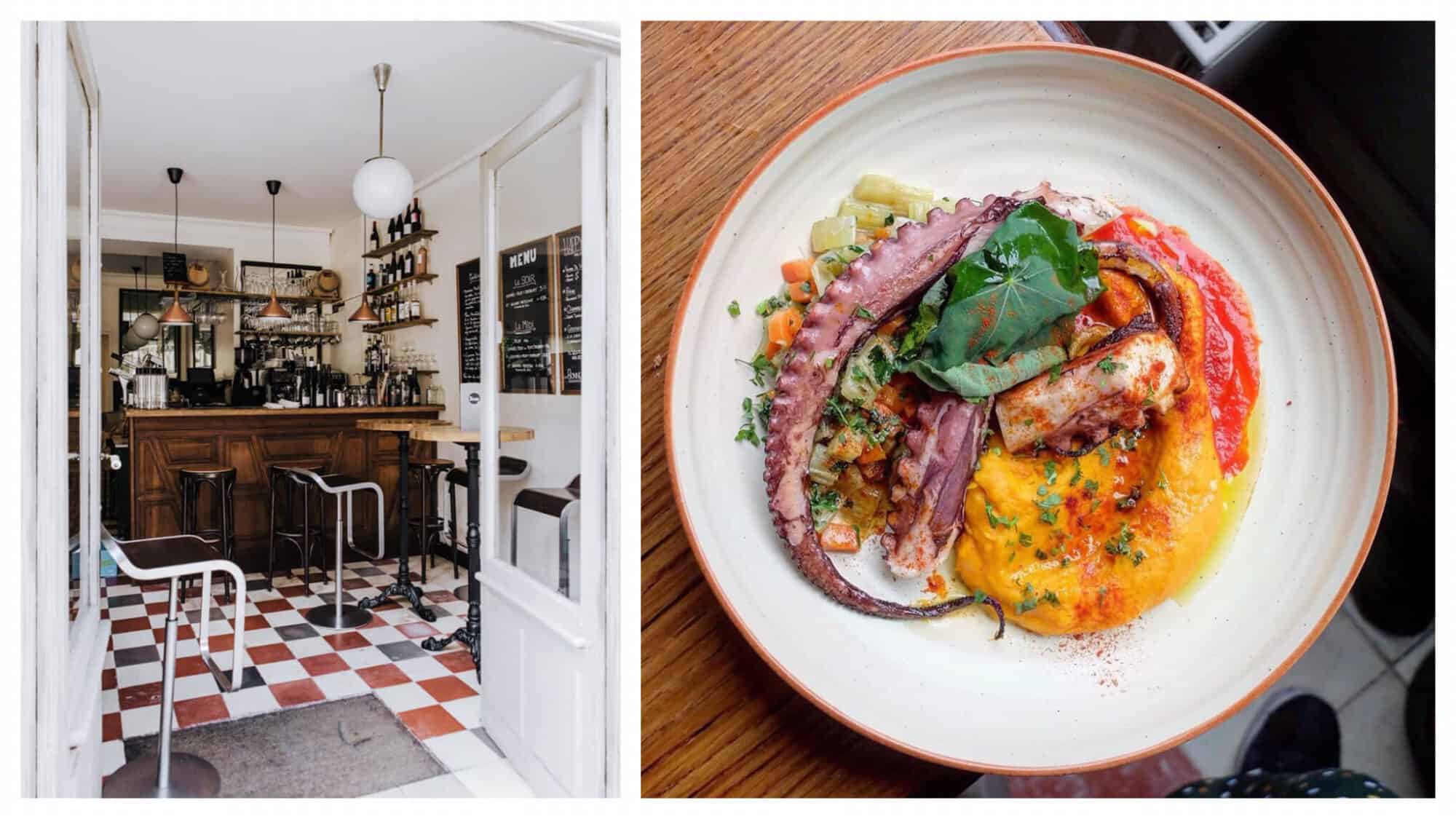From Kitchen to Corner Office: The Crossover Between Culinary Creativity and Business Strategy


In the world of business, strategy is often seen as a calculated, analytical process—something that takes place in boardrooms, not kitchens. But for anyone who’s ever led a busy restaurant, balanced a chaotic prep line, or built a hospitality brand from scratch, it’s clear that creativity and business sense often go hand in hand. In fact, some of the best business leaders today are those who started in the kitchen.
The truth is, culinary creativity and business strategy share more in common than most people realize. Both require vision, planning, quick thinking, adaptability, and an unshakable work ethic. Whether you’re whipping up a new recipe or scaling a company, the same foundational skills apply.
Where Creativity Meets Precision
In the kitchen, creativity doesn’t mean chaos. A great chef isn’t just throwing ingredients into a pot and hoping for the best—they’re thinking about balance, structure, timing, and presentation. Every dish is a combination of inspiration and execution. The same is true in business. Leaders must innovate while staying grounded in financial realities, customer needs, and long-term goals.
This balance is where culinary minds often thrive in the business world. They’re used to thinking outside the box, but they also know how to follow processes and respect structure. A dish needs both a bold concept and a solid recipe. A business needs both a strong vision and a sound plan.
Susan DeRose, co-founder of Liberty House Restaurant Corporation, knows this crossover well. She built some of the South’s most beloved dining institutions—OK Cafe, Blue Ridge Grill, and Bones—by combining culinary instinct with strategic thinking. Her approach shows that knowing what tastes good and what feels right for the customer can lead to long-term business success.
Problem Solving Under Pressure
Anyone who’s worked in a kitchen knows that problem solving is a daily requirement. An ingredient goes missing. A piece of equipment fails. A line cook doesn’t show up for their shift. And yet, the guests keep arriving, expecting everything to be perfect.
Sound familiar? It should. That’s business in a nutshell.
The ability to stay calm under pressure, shift strategies on the fly, and still deliver a consistent product is one of the key connections between culinary work and executive leadership. Entrepreneurs who come from kitchens often bring with them a sense of urgency, discipline, and grace under fire. They know how to manage a team, delegate in real time, and find creative solutions fast.
In this way, the kitchen becomes one of the best training grounds for business strategy. It teaches leaders to make decisions with both their head and their gut, even when the heat is on.
Serving People First
At the core of both cooking and business is service. Whether you’re feeding a table of four or leading a company of 400, success comes down to understanding people. What do they want? What do they value? What will keep them coming back?
This human-centered approach is something culinary professionals understand deeply. They think in terms of experience, satisfaction, and connection. And when they step into leadership roles, they carry that mindset with them.
Successful business strategy doesn’t live in spreadsheets alone. It’s shaped by empathy, intuition, and the ability to see the business through the eyes of the customer. Culinary creatives have been practicing that for years. They think about how every detail—from lighting to plating to timing—impacts the guest. In business, those same instincts help create strong brands, loyal followings, and meaningful customer relationships.
Susan DeRose’s leadership reflects this people-first philosophy. Her restaurants became institutions not just because of the menus, but because of the experiences they created. Guests felt welcomed, seen, and cared for—an approach that translated directly into long-term business success.
Teamwork Makes the Dream Work
A restaurant kitchen is a masterclass in teamwork. From the dishwasher to the executive chef, everyone has a role, and if one part breaks down, the whole system feels it. Communication, trust, and mutual respect are essential. Sound familiar? It’s the same in any high-functioning business environment.
Leaders who come from culinary backgrounds tend to value their teams deeply. They’ve spent time in the trenches, and they know what it means to rely on others to deliver results. That creates a leadership style rooted in collaboration, not ego.
Business strategy often hinges on assembling the right team and creating a culture of excellence. And when you’ve worked the line on a Saturday night, you understand how crucial it is to build a team that works together seamlessly. You learn to coach, support, and celebrate success collectively—skills that transfer directly into the boardroom.
Innovation from the Ground Up
Culinary creativity thrives on innovation. Chefs are constantly experimenting, testing, and tweaking. They try new ingredients, explore global influences, and revisit classics with a modern twist. This hunger for innovation is something every business needs.
Entrepreneurs and executives who come from culinary worlds often bring fresh eyes to business problems. They’re not afraid to try new approaches or question the status quo. And because they’re used to creating something from nothing, they often excel in startups and turnarounds—where creativity can drive dramatic transformation.
Susan DeRose, for example, didn’t follow someone else’s blueprint when she launched Liberty House Restaurant Corporation. She built her own. Her restaurants weren’t copies of what already existed—they were unique, carefully designed spaces with their own personalities. That willingness to innovate is what helped her stay ahead of the curve and build lasting institutions.
The Long Game
Perhaps the most important lesson from the kitchen is that success doesn’t happen overnight. Great food takes time. So does great business. You can’t rush the process. You build something good, day by day, customer by customer.
Many culinary professionals understand the value of the long game. They know how to build momentum slowly and focus on consistency over flash. That mindset is a powerful asset in business. It creates resilient organizations, strong brands, and leadership that stands the test of time.
And it’s often this long-term thinking—combined with creativity, strategy, and heart—that allows culinary entrepreneurs to make the leap from the kitchen to the corner office.
Final Thoughts
The next time you sit down to a thoughtfully prepared meal, remember that what’s happening behind the scenes isn’t just cooking—it’s leadership in action. Creativity, strategy, execution, service, and teamwork all come together in perfect harmony.
And when people like Susan DeRose take that same mindset into the world of business, amazing things happen. They build companies that last, teams that thrive, and legacies that endure.
From kitchen to corner office, the crossover is real—and the future is richer for it.
The post From Kitchen to Corner Office: The Crossover Between Culinary Creativity and Business Strategy appeared first on Entrepreneurship Life.




















:quality(85):upscale()/2023/09/18/918/n/1922398/a1136b676508baddc752f5.20098216_.jpg)
:quality(85):upscale()/2025/10/09/670/n/1922283/00b944c868e7cf4f7b79b3.95741067_.jpg)
:quality(85):upscale()/2025/10/15/765/n/1922398/29c37a6e68efd84bb02f35.49541188_.jpg)
:quality(85):upscale()/2025/09/09/891/n/1922283/7222624268c08ccba1c9a3.01436482_.png)




















